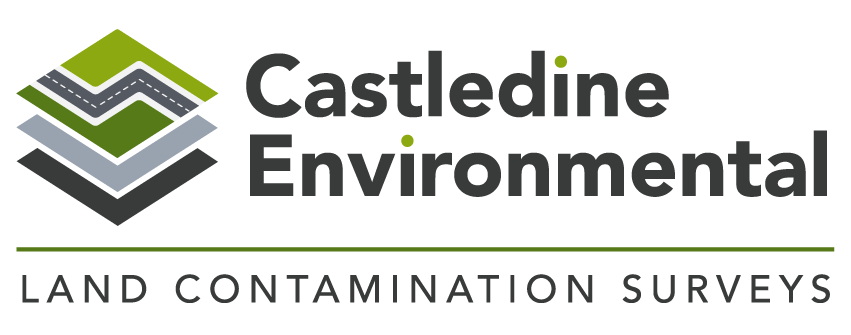The Planners Problem
Land Contamination Specialist
The Challenge Faced by Planners
Brownfield Sites
As the population grows, there becomes more pressure to utilise potentially contaminated land for redevelopment for alternative uses. These range from small opportunity sites adjacent to contaminative sources through to previously occupied industrial sites (Brownfield sites). These sites carry with them an inherent contamination risk associated with previous uses, illegal dumping or contamination from neighbouring sites etc. It is vital that we understand the environmental condition of the land and the effect on future occupiers and their use of the land.
The Legislation
At present, Part II of the Environmental Protection Act (EPA) 1990 and the Contaminated Land Regulations 2006 are the main pieces of legislation covering contaminated land in England. Enforcing authorities can serve a Remediation Notice, specifying what needs to be done to an area of contaminated land to reduce or eliminate the risks that the contamination poses.
The Reality
In practice, the vast majority of today’s assessment and remediation of brownfield land is dealt with via the planning process either as part of the planning application or as a condition of the planning consent.
Planning Conditions
Typically, Planning Consent comes with attached conditions, being commonly standardised and sometimes loosely defined to allow some flexibility in their application.
A standard contamination condition might typically state:
“No development approved by this permission shall be commenced until a scheme for the investigation of any potential land contamination on the site has been submitted to and agreed in writing by the Local Planning Authority which shall include details of how any contamination shall be dealt with. The approved scheme shall be implemented in accordance with the agreed details and any remediation work so approved shall be carried out prior to the site first being occupied”.
In essence, this condition initially calls for a Phase 1 desktop cotamination survey. Depending on the survey results, there might be a need for a Phase 2 Intrusive Investigation. Subseqently, based ont he findings, a Phase 3 Remdiation program may be required, followed by a Phase 4 Validation report. Our role as your technical representative is to intervene in this process at the earliest stage. Often, a Phase 1 survey is all that is necessary.

